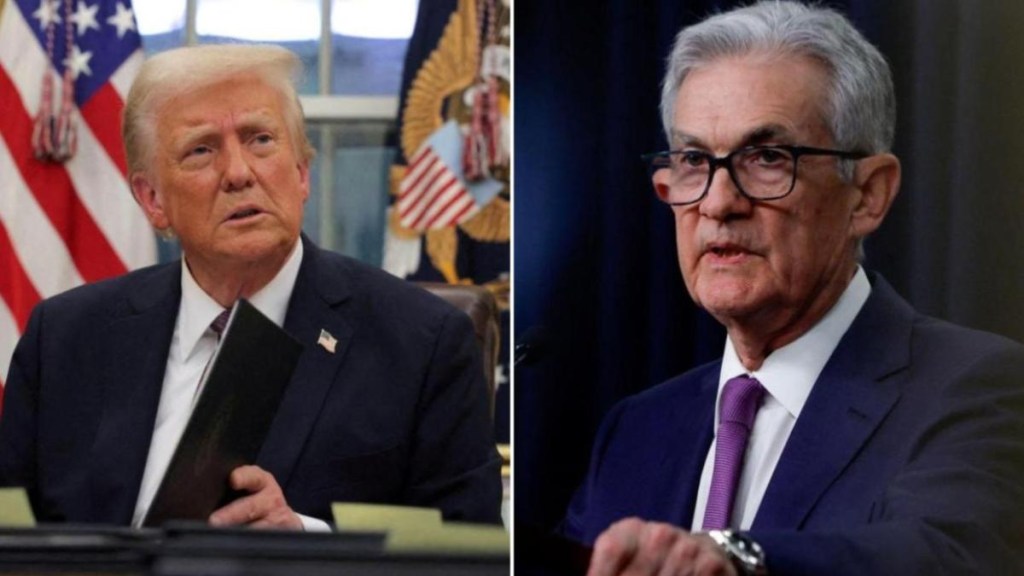The US Federal Reserve has once again resisted mounting pressure from President Donald Trump, choosing to hold interest rates steady amid persistent inflationary concerns. At its meeting on Wednesday, the central bank left rates unchanged at 4.25% to 4.5%, defying Trump’s public calls for an aggressive cut to 1% and continuing uncertainty over the impact of his protectionist trade policy.
According to the Financial Times, two Fed governors Michelle Bowman and Christopher Waller, dissented for the first time since 1993, arguing for a 0.25% rate cut. However, Fed Chair Jerome Powell defended the committee’s majority stance, saying, “It seems to me and to almost the whole committee that the economy is not performing as though restrictive policy is holding it back inappropriately.”
Market reaction
Powell’s refusal to hint at a September cut was seen as hawkish by many traders. “The goal today was to move the odds of a September cut down to 50-50,” said Richard Clarida, a former Fed governor now at Pimco. In response, short-term US Treasury yields rose and the dollar strengthened over 1%, marking its best week since 2022.
Mike Lorizio of Manulife Investment Management noted, “The market was looking for a sort of dovish bias, a clear decision on September. That was the market’s mistake. Powell has been clear they are data-dependent.”
Trump’s pressure
Meanwhile, Trump intensified his criticism of the Fed. Before the rate decision, he remarked, “I hear they’re going to do it [cut rates] in September, not today. For what reason, nobody knows.” He also made a rare visit to the Fed’s headquarters last week, reprimanding Powell not only for policy decisions but also over budget overruns in a $2.5 billion renovation.
The President’s tariff plans also loom large. From August 1, the White House plans to impose hefty levies on several countries, with many trade deals exceeding the expected 10% tariff level. Powell admitted uncertainty remained about the inflationary impact of the tariffs, particularly as global trade tensions remain elevated.
GDP rebounds, but outlook mixed
Official figures released on Wednesday showed second-quarter GDP growing at an annualised rate of 3%, up from a 0.5% contraction in Q1. The rebound was largely driven by a fall in imports and a reversal of earlier front-loaded foreign purchases. However, year-to-date growth stands at 1.1%, sharply lower than the 2.9% in H2 2024, reports Financial Times.
Analysts remain cautious. Citigroup economists noted softening consumer spending and warned that “this softness could continue… as consumers are worried about labour market prospects.” JPMorgan expects growth to slow further to just 0.75% annualised in H2 2025, citing the impacts of Trump’s protectionist measures and mass deportations.
Powell may provide further clarity at the Jackson Hole summit in August, where more data on jobs and inflation will inform the Fed’s next move.

